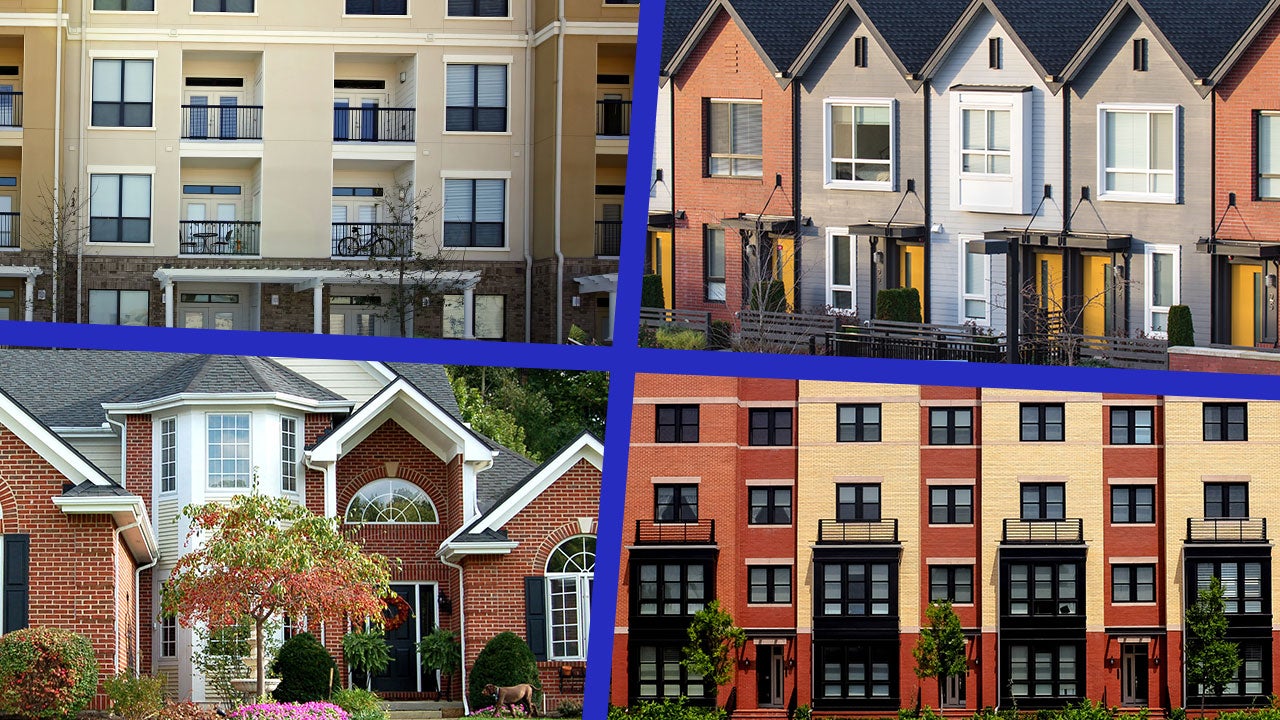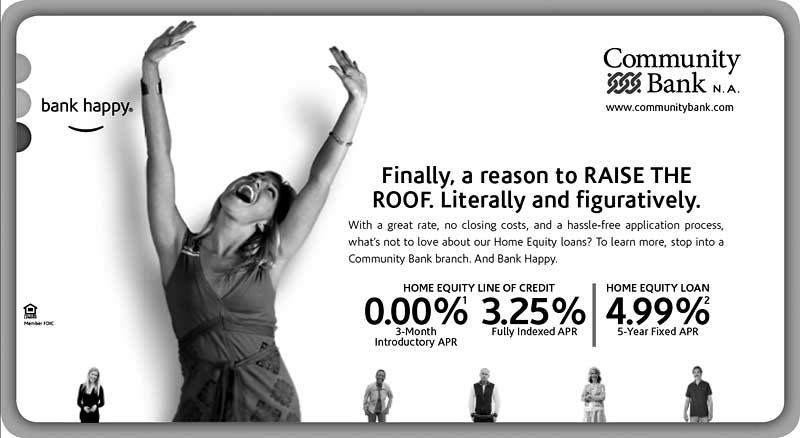Table of Content
The amount of money you can withdraw from your home depends on your current loan balance and the value of your home. Regardless of which loan type you choose, you should shop around for the best interest rate on your loan. Compare personalized rate quotes from at least 3 lenders to find the best deal.
Second mortgages also offer interest rates that are much lower than credit cards. This difference makes them an appealing choice for paying off credit card debt. Another difference between these two types of loans is the way they are paid back. A second mortgage must be paid back in full over the life of the loan, typically 15 or 30 years. A HELOC typically has a 10-year draw period during which you can borrow money as needed, followed by a repayment period. The home equity line of credit ensured that the borrower had access to funds, that were sanctioned by the lending institution, on the basis of the built up equity.
Best HELOC Rates Of December 2022
A mortgage is a loan used to purchase or maintain real estate. Home equity is the calculation of a home's current market value minus any liens attached to that home. If you have 100% equity in your home, meaning you own it outright, a home equity loan is not a second mortgage. The most you’d be able to borrow against the equity using the 80% rule is $110,000. The annual percentage rate, or APR, for each of these is different. With a HELOC, the APR is based only on the interest, but the APR for a second mortgage includes interest, points, fees, and other charges.

Alliant offers HELOCs as low as $10,000 and up to $250,000 in order to get certain closing costs waived. Since Connexus is a credit union, you will have to become a member before accessing their loan products. Since PenFed is a nonprofit credit union, you will first need to become a member before gaining access to their loan products. One way to do this is through a home equity line of credit . There are no laws or rules that dictate how you can use the money you take from your second mortgage.
HELOC Eligibility
After that, there is a 20-year repayment period when you pay the outstanding balance, plus interest. In the event of a foreclosure, your second lender only gets paid after the first lender receives their money back. This means that if you fall far behind on your original loan payments, the second lender might not get anything at all. You may have to pay a higher interest rate on a second mortgage than a refinance because the second mortgage lender is taking on increased risk.
The higher rates have led to mortgage volume dropping 41% from a year ago as fewer people are buying homes and doing refinances. A home equity loan has a fixed interest rate and set payments for the life of the loan. People who like more financial certainty may prefer a home equity loan. A HELOC typically features a draw period of 10 years with interest-only payments during this time. After the draw period ends, you repay both principal and interest. Home equity loans have fixed rates and the payments are locked in for the life of the loan, which makes your budgeting easier.
Home Equity Line of Credit (HELOC)
And you’ll certainly want to think hard about taking on that much debt. But it may be that you are able to deduct for money spent on home improvements. Because it could be a decisive factor in your personal home equity loan vs. mortgage analysis.

Before applying for a second mortgage like a home equity loan or HELOC, review all of your financing options. In some cases, it may be a better idea to save money for several months than take out a loan or line of credit. According to Sarah Catherine Gutierrez, a certified financial planner and the CEO of Aptus Financial, home equity loans may have better rates than other forms of credit. Two common forms of second mortgages are home equity loans and home equity lines of credit .
Second Mortgage vs. Home Equity Loan: Understanding the Difference
However, also like a second charge mortgage, if you do not repay the lender can initiate foreclosure and ask you to sell your home to pay it back. First mortgage providers usually offer second mortgages as well, meaning there are many options. Loan amounts from second mortgages can be used as the homeowner wishes without restrictions. As mentioned, most use the money for renovations and consolidating debts. Our home equity loan vs second mortgage guide is here to help you compare two of the most common options when wanting to release equity. But those who can afford to take a strategic view of their finances may well find that a home equity loan saves them money in the long run.

Aly J. Yale is a writer and journalist from Houston, specializing in mortgage, real estate, and personal finance topics. Her work has been published in Forbes, The Balance, Bankrate, The Simple Dollar, and more. Once you decide which is best, check out our guides to the best home equity loans and best HELOC rates to start the process. The terms “home equity loan” and “second mortgage” often go hand in hand.
A home improvement loan usually doesn’t require collateral. You would like a short repayment period, typically five to 10 years. The repayment period for a second mortgage generally ranges from five to 10 years, while the repayment period for a HELOC can last up to 20 years. Texas law says that borrowers cannot tap into more than 80% of their home’s equity— even if the home is owned outright.
Your credit score will impact the loan programs and interest rates you qualify for, as well as the down payment amount that may be required to secure your loan. A second mortgage is akin to the loan you used to buy your home. There’s more to know when it comes to an understanding the second mortgage vs home equity loan.
Since you get a lump sum, a home equity loan is great for making large purchases for one-time expenses. Study carefully the types of reverse mortgages and make sure you choose the one that works best for your needs. Scrutinize the fine print—with the help of an attorney or tax advisor—before you sign on.

No comments:
Post a Comment